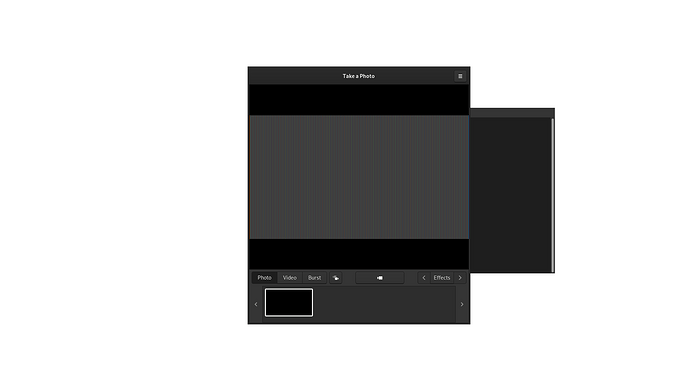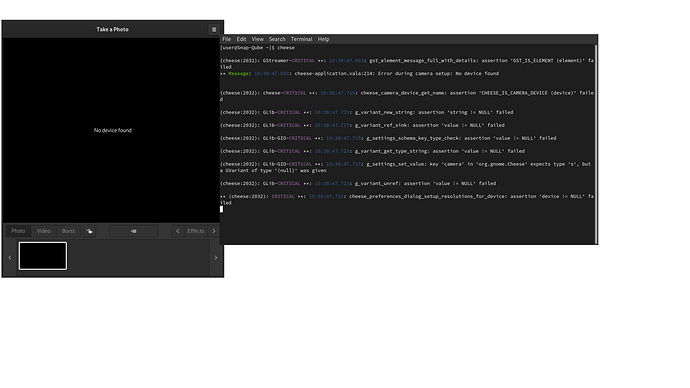I have a similar problem, with the Elgato ‘Cam-link’ (hdmi=>usb3 dongle; the original one, not the current 4k). It works perfectly with win10. With ubuntu-desktop (no VM), OBS sees it, correctly identifies it, and shows video, so it should work, right?
In Qubes, it is identified in dom0, shows up in sys-usb.
Bus 003 Device 003: ID 0fd9:0061 Elgato Systems GmbH Cam Link
I can assign it to a cube. In the qube, OBS sees it, recognizes the only resolution it supports (720p) - but never shows video.
I installed the 5.15 kernel, since saw somewhere that it fixes some old bug re: elgato, but that also didn’t fix it.
user@ubuntu2004:~$ v4l2-ctl --all
Driver Info:
Driver name : uvcvideo
Card type : Video Capture 3
Bus info : usb-vhci_hcd.0-1
Driver version : 5.15.14
Capabilities : 0x84a00001
Video Capture
Metadata Capture
Streaming
Extended Pix Format
Device Capabilities
Device Caps : 0x04200001
Video Capture
Streaming
Extended Pix Format
Priority: 2
Video input : 0 (HDMI: ok)
Format Video Capture:
Width/Height : 1280/720
Pixel Format : 'YUYV' (YUYV 4:2:2)
Field : None
Bytes per Line : 2560
Size Image : 1843200
Colorspace : sRGB
Transfer Function : Rec. 709
YCbCr/HSV Encoding: Rec. 709
Quantization : Default (maps to Limited Range)
Flags :
Crop Capability Video Capture:
Bounds : Left 0, Top 0, Width 1280, Height 720
Default : Left 0, Top 0, Width 1280, Height 720
Pixel Aspect: 1/1
Selection Video Capture: crop_default, Left 0, Top 0, Width 1280, Height 720, Flags:
Selection Video Capture: crop_bounds, Left 0, Top 0, Width 1280, Height 720, Flags:
Streaming Parameters Video Capture:
Capabilities : timeperframe
Frames per second: 60.000 (60/1)
Read buffers : 0
brightness 0x00980900 (int) : min=-128 max=127 step=1 default=0 value=0
contrast 0x00980901 (int) : min=0 max=255 step=1 default=128 value=128
saturation 0x00980902 (int) : min=0 max=255 step=1 default=128 value=128
hue 0x00980903 (int) : min=-128 max=127 step=1 default=0 value=0
P.S. Qubes 4.1-release; tried it with Fedora, Debian, and Ubuntu. Tried kernel 5.10, 5.15. etc


